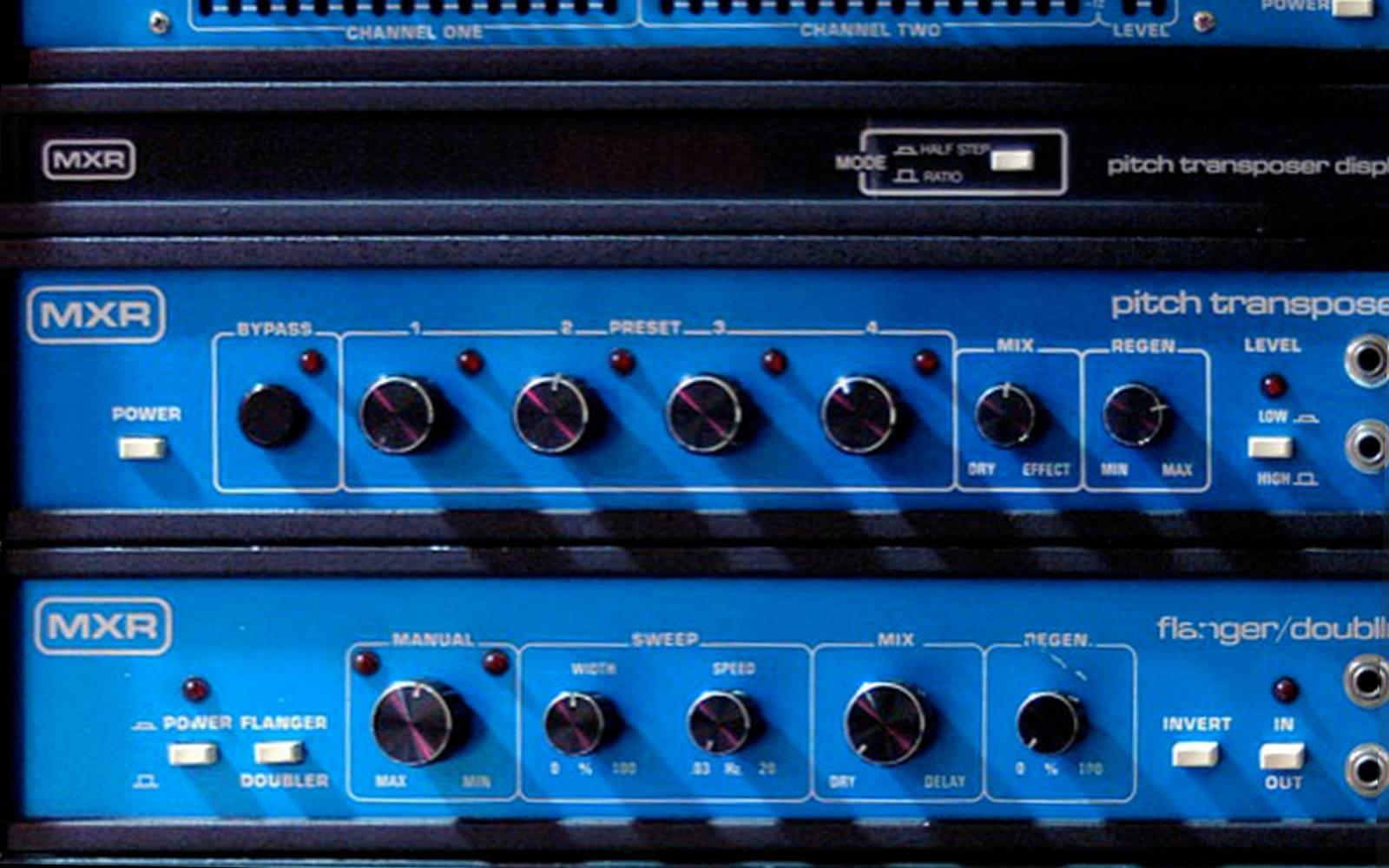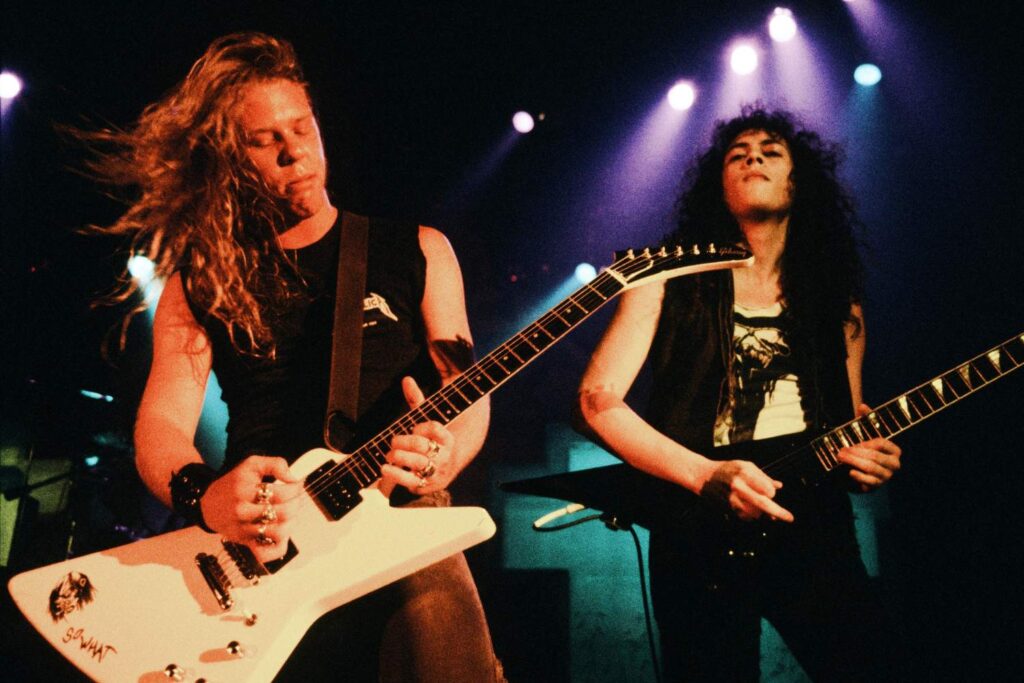Breaking down how the effects of the effects that affect us all.
Modulation effects can sometimes get a bad rap as overtly effected sounds, psychedelic sounds that are super forward-sounding. But more subtle sounds can be heard across decades of music, often used to add depth and dimension to mixing, as well as a little movement to guitars and vocals. The difference between them can be subtle as well, the way you achieve the sounds making or breaking the effect that the modulation has on the source.
Modulation can be bad, i.e. when discussing comb filtering, whereas a tiny delay and some pitch modulation can achieve effects like ADT (Artificial Double Tracking) that mimicks the effect of double tracking a source. Continuing on the delay trail (pardon the pun), it’s common to use chorus and modulation after a reverb or delay, the modulation helping the effect to tuck itself into the mix.
Read all the latest features, lists and columns here.
Phaser
So we’ll ease you in with the phase shifter. Phasers split the signal of whatever instrument you’re using into two exact copies… kind of. These two signals ebb and flow with eachother, falling in and out of phase with eachother. Because of this, specific frequency bands are cancelled out creating a rippling effect. If you want subtle waves of sound that won’t distract from your music too much, this is the road you should go down. Think “Paranoid Android” and “The Tourist” from Radiohead’s OK Computer… you know… their best album.
The phaser can be super 80s sounding when used overtly, or can add additional depth to a source when mixed in carefully. Much like a slapback echo, phaser can help a source to become detached from the mix, stepping out from the rest of the band, i.e. great for a solo moment or a lead vocal. Some iconic moments of phaser include a lot of Jimi Hendrix’s use of Univibe, while the following years gave us the Maestro PS-1 Phase Shifter, recently re-issued. The 70s gave us the MXR Phase 90, which really changed the game.
Flanger
Next we’ve got the flanger. It’s pretty easy to confuse with the phase shifter, but for the practiced ear, you can tell that it has a really dramatic effect on your tone. Much like the phaser, the flanger splits your sound, but the key difference is that one of these sounds is very slightly delayed. Give the Beatle’s ‘Lucy in the Sky with Diamonds’ a listen and see if you can pick it up.
The Flanger has a more chorusey-style sound, melding into itself as the pitch and delay modulation blend and roll into one another. Flanger is a great one to add to delays while mixing, giving your delays and reverbs life, used to great, uh— effect, but mixers like Bob Clearmountain. His innovative use while mixing has led to a lot of digital time-based plugins to include modulation settings that are often a combination of chorus, flange and phaser.
Chorus
The chorus pedal is similar to the two aforementioned effects because, you guessed it, it creates two clones of the signal. The chorus allows musicians to achieve a longer delay, significantly longer than the flanger, and is primarily used to mimic the sound of a choir. Listen to Nirvana’s “Come As You Are” and you’ll see what I mean. Chorus adds warmth and sparkle, and is used extensively to achieve 80s and 90s tones like post-punk, grunge and more.
Primarily used on clean signals, chorus with grit and gain can sometimes become muddy and messy, whereas chorus with a cleaner source like acoustic guitar or clean electric guitar can help to add definiton to strings, the modulating sound coming from the phase relationship between the two clones shifting in and out of itself. Chorusing is also comparable to how the vocals of a chorus of singers work together, while also singing the same note at approximately the same time, yet all singers moving and ebbing and flowing together.
We’ll be the first to admit, it’s really difficult to convey the sound and effect of modulation sounds via text; yet here we are trying to do it. The best thing you can do is to have a crack yourself, mess around and see where you end up. Either add a pedal to your board, or load an instance of a plugin into your DAW. Better yet— maybe trying manually adjusting the timing of source to see if you can get the to modulate.
Keep reading about one of the most famous Phasers with our friends at Reverb.







